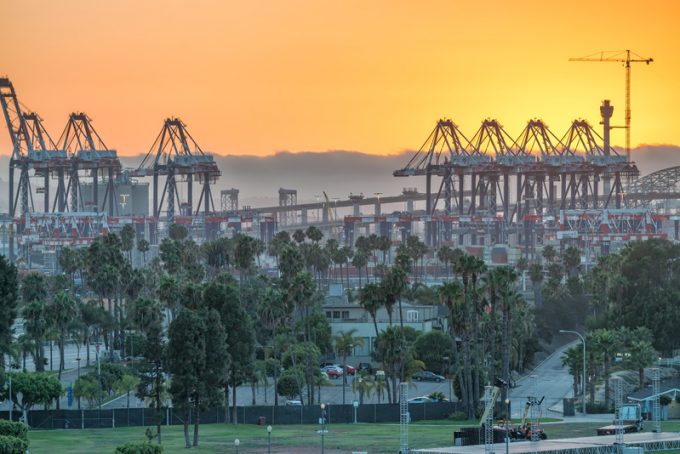US Independence Day fireworks dimmed by tariffs
This Independence Day might not be so independent for patriotic Americans who rely on China ...

With no let-up in consumer demand, container imports into the 10 largest US ports soared by 25% last month, compared with the previous year.
And with the forward booking visibility of transpacific carriers indicating that the US import boom is set to continue to at least ...

Comment on this article